Bg – Los de la fe son hijos de Abraham 3: 6-7
Los de la fe
son hijos de Abraham
3: 6-7
Los de la fe son hijos de Abraham ESCUDRIÑAR: ¿Por qué los judaizantes pensaron que tenían ventaja en su debate con Pablo? ¿Cómo usó Pablo a Abraham en argumentar que la salvación es igual al evangelio de fe más nada? ¿Qué significa “acreditado”? ¿Por qué hay diferentes Dispensaciones? ¿Qué quiso decir Santiago cuando dijo: “La fe sin obras es muerta”? ¿Los gentiles que ejercen la fe se convierten en judíos espirituales? ¿Por qué si o por qué no?
REFLEXIONAR: ¿Qué es importante para usted en la historia de Abraham? ¿Cómo explicaría la “justicia” prometida en el versículo 6 a un buscador? ¿Qué significan para usted las buenas “obras”? ¿Cuáles son (o es) sus dones espirituales? ¿Las buenas “obras” significan usar su(s) don(es) espiritual(es)? ¿Cómo puede hacer buenas “obras” sin usar su(s) don(es) espiritual(es)? Si lo acusaran de ser creyente, ¿habría suficiente evidencia para condenarlo?
Para combatir el evangelio diferente de los judaizantes, Pablo explica como Abraham fue justificado por la fe, no por las obras. Por lo tanto, los verdaderos hijos de Abraham son justificados de la misma manera.
Los judaizantes afirmaban tener el TaNaJ de su lado, especialmente mirando a Moisés como su maestro (haga clic en el enlace y vea Ag – ¿Quiénes eran los judaizantes?). Pero Pablo fue siglos más atrás y dijo: consideren a Abraham. ¿Cómo fue justificado el padre del pueblo judío? La respuesta fue simple y directa. Fue justificado por su fe, no por sus obras (vea el comentario sobre Génesis Ef – Y creyó a YHVH, y Él se lo contó por justicia). Abraham simplemente creyó. Y debido a que ejerció la fe, Dios lo declaró justificado. ¿Qué creía Abraham? Dios le prometió a Abraham un hijo y debido a que Abraham creyó en las promesas de Dios, esa fe es la que lo justificó. Por eso llamamos a la Dispensación en la que vivió Abraham, la Dispensación de la Promesa (vea el comentario de Génesis Ds – La dispensación de la promesa).
No es una verdad completa decir que los justos (santos) del TaNaJ fueron justificados al ver hacia adelante al Mesías, y somos salvos al mirar hacia atrás al Mesías. Eso suena espiritual, pero no es completamente bíblico. Si bien es cierto que es nuestra fe en la muerte y resurrección del Mesías Yeshua lo que nos salva (Romanos 10-9-10), no todos los que Dios salva estaban conscientes de ese glorioso hecho cuando fueron salvos. Los profetas que profetizaron acerca de la gracia destinada a vosotros, inquirieron y escudriñaron diligentemente acerca de esa salvación, indagando quién y qué tiempo indicaba el Espíritu del Mesías que estaba en ellos, el cual predecía los padecimientos del Mesías, y las glorias que vendrían tras ellos (Primera Pedro 1:10-11). Si bien en cada Dispensación, la humanidad siempre se salva por la fe, el contenido de la fe varía, por eso tenemos diferentes Dispensaciones. Y el contenido de la fe de Abraham no fue la muerte del Mesías. El hecho de que el Mesías moriría por los pecados de Israel no fue revelado hasta los días de Isaías. Entonces, ¿cómo fue salvado Abraham? Él creyó en las promesas de ADONAI, específicamente, la promesa de un hijo (vea también Romanos 4:1-25 y Hebreos 11:8-19). Entonces, Abraham fue el ejemplo que Pablo les da a los creyentes de Galacia.68
 Asestando un tremendo golpe a los judaizantes, Pablo vinculó el pasado con el presente y declaró que, así como Abraham fue salvo por la fe, también lo fueron aquellos que ahora decían ser sus hijos. Así como Abraham creyó a Dios, y le fue contado por justicia. Sabed, por tanto, que los de la fe, éstos son hijos de Abraham (3:6-7).
Asestando un tremendo golpe a los judaizantes, Pablo vinculó el pasado con el presente y declaró que, así como Abraham fue salvo por la fe, también lo fueron aquellos que ahora decían ser sus hijos. Así como Abraham creyó a Dios, y le fue contado por justicia. Sabed, por tanto, que los de la fe, éstos son hijos de Abraham (3:6-7).
Las palabras: le fue contado (acreditado del griego: logizomai) en Gálatas 3:6, Génesis 15:6 y Romanos 4:11, 22-24 significan en todos estos casos: transferido a la cuenta de uno. Cuando Juan dice que el Espíritu da vida (Juan 6:63a), quiere decir que toda la justicia del Mesías se transfiere a nuestra cuenta espiritual en el momento de la fe. El nombre teológico para esto es imputación. La Biblia nos enseña que todos hemos heredado la naturaleza pecaminosa de Adán. Por tanto, como el pecado entró en el mundo por medio de un hombre, y por medio del pecado la muerte, así también la muerte pasó a todos los hombres, por cuanto todos pecaron (Romanos 5:12). Por cuanto todos pecaron, y están privados de la gloria de Dios, siendo justificados por su gracia, sin merecimiento alguno, mediante la redención que tienen en Jesús el Mesías (Romanos 3:23). En el TaNaJ, tenía que haber un sacrificio. Tenía que derramarse sangre y tenía que ocurrir una muerte; por lo tanto, debido a la muerte de Yeshua en la cruz, tenemos una justicia perfecta y absoluta que Dios el Padre nos imputa a través de Su hijo. Debido a la fe, hemos pasado el examen final del universo de Dios con un cien por ciento. Cuando ADONAI nos ve, no ve nuestro pecado, ve la justicia de su Hijo (Romanos 1:17). Estamos en el Santo, y Él está en nosotros. La única forma en que llegamos al cielo es el resultado de la justicia perfecta de Yeshua el Mesías. Por lo tanto, lo que es verdad del Mesías es verdad para usted.
Los hijos de Abraham son declarados justos de la misma manera que Abraham fue declarado justo: por fe. Por tanto, tanto los judíos como los gentiles que ejercen la fe, y sólo la fe, como medio de salvación, se convierten en verdaderos hijos de Abraham.
Más tarde, Santiago (Jacob), el medio hermano del Maestro, declaró que la fe sin obras es muerta (Santiago 2:17b). Él insistió en que la fe debe ir acompañada de buenas obras. En otras palabras, las buenas obras son la evidencia, el buen fruto espiritual, de que una persona es verdaderamente salva (visto solo por Dios). Él dijo: ¿No fue justificado por las obras nuestro padre Abraham, cuando ofreció a su hijo Isaac sobre el altar? Ya ves que la fe actuaba juntamente con sus obras, y la fe fue perfeccionada por las obras. Y se cumplió la Escritura que dice: Creyó Abraham a Dios, y le fue contado por justicia, y fue llamado amigo de Dios. Veis que el hombre es justificado por obras, y no sólo por fe. Y asimismo también la ramera Rahab, ¿no fue justificada por obras cuando hospedó a los mensajeros y los envió por otro camino? Porque así como el cuerpo sin espíritu está muerto, así también la fe sin obras está muerta (Santiago 2:21-26). La conclusión es más que clara. La fe y las obras son esenciales entre sí como el cuerpo y el espíritu. Aparte del espíritu, o el aliento de vida, el cuerpo está muerto. Asimismo, aparte de la evidencia de las buenas obras, se puede decir que la fe está muerta. La fe verdadera contribuye continuamente al crecimiento y desarrollo espiritual.69
También es importante entender que esto no significa que los gentiles que ejercen la fe se conviertan en judíos espirituales. La palabra judío nunca se aplica en este contexto en absoluto. Incluso en el sentido físico, no todos los descendientes de Abraham son físicamente judíos, porque los árabes son descendientes de Abraham tanto como lo son los judíos. ¡Intente llamar a uno de ellos judío! Entonces, en el ámbito físico, no todos los descendientes de Abraham son judíos, y lo mismo ocurre en el ámbito espiritual. Si bien los creyentes gentiles se convierten en hijos de Abraham y reciben los beneficios espirituales del pacto abrahámico (Génesis 12:3), nunca se les menciona como “judíos espirituales” ni en el TaNaJ ni en el Brit Hadashah.70
El pueblo judío estaba muy orgulloso de su relación con Abraham. El problema era que pensaban que esta relación les garantizaba la vida eterna. Juan el Bautista les advirtió a ellos que su ascendencia física no garantizaba la vida espiritual (vea el comentario sobre La vida de Cristo Bf – Generación de víboras, ¿quién os enseñó a huir de la ira que vendrá?. Yeshua hizo una clara distinción entre la simiente de Abraham y los hijos de Abraham (Juan 8:33-47). Algunas personas hoy en día todavía piensan que la salvación se hereda. Debido a que su madre o su padre son personas piadosas, los niños se salvan automáticamente. Pero esto no es cierto. Se ha dicho: “ADONAI no tiene nietos”.71
PÁGINA SIGUIENTE: La Escritura proclamo la Buena Nueva de antemano a Abraham – Bh
Volver al esquema del contenido



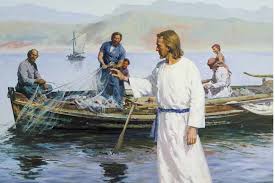 एक दिन यीशु गलील की झील के किनारे टहल रहा था। यह पानी का एक सुंदर भंडार है, समुद्र तल से लगभग ७०० फीट नीचे, तेरह मील लंबा और आठ मील चौड़ा, वास्तव में एक अंतर्देशीय झील है (लूका इसे गेनेसेरेट झील कहता है और युहन्ना इसे एक बिंदु पर तिबरियास सागर कहता है)। यहूदी इतिहासकार जोसेफस ने बताया कि लगभग २४० नावें थीं जो नियमित रूप से इसके जल में मछलियाँ पकड़ती थीं। लोग उसके चारों ओर भीड़ लगाकर परमेश्वर का वचन सुन रहे थे (मत्ती ४:१८ए; मरकुस १:१६ए; लूका ५:१ए)
एक दिन यीशु गलील की झील के किनारे टहल रहा था। यह पानी का एक सुंदर भंडार है, समुद्र तल से लगभग ७०० फीट नीचे, तेरह मील लंबा और आठ मील चौड़ा, वास्तव में एक अंतर्देशीय झील है (लूका इसे गेनेसेरेट झील कहता है और युहन्ना इसे एक बिंदु पर तिबरियास सागर कहता है)। यहूदी इतिहासकार जोसेफस ने बताया कि लगभग २४० नावें थीं जो नियमित रूप से इसके जल में मछलियाँ पकड़ती थीं। लोग उसके चारों ओर भीड़ लगाकर परमेश्वर का वचन सुन रहे थे (मत्ती ४:१८ए; मरकुस १:१६ए; लूका ५:१ए)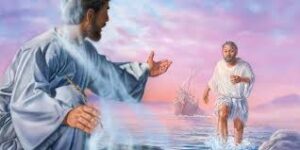 उनके शिष्यों की आज्ञाकारिता तत्काल थी। शमौन पतरस और उसका भाई अन्द्रियास तुरन्त अपना जाल छोड़कर उसके पीछे हो लिए (मत्ती ४:२०; मरकुस १:१८)। आज्ञाकारिता वह चिंगारी है जो जुनून की आग को प्रज्वलित करती है। केफ़ा ने अंततः पुरुषों और महिलाओं को
उनके शिष्यों की आज्ञाकारिता तत्काल थी। शमौन पतरस और उसका भाई अन्द्रियास तुरन्त अपना जाल छोड़कर उसके पीछे हो लिए (मत्ती ४:२०; मरकुस १:१८)। आज्ञाकारिता वह चिंगारी है जो जुनून की आग को प्रज्वलित करती है। केफ़ा ने अंततः पुरुषों और महिलाओं को 
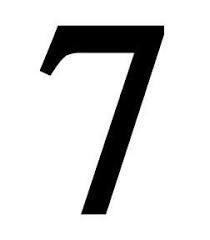
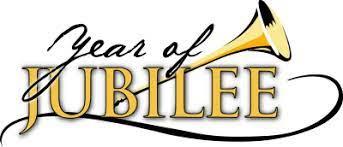
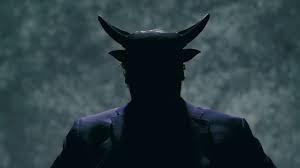
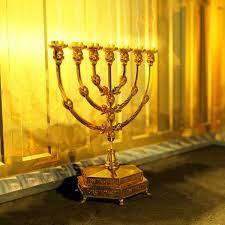
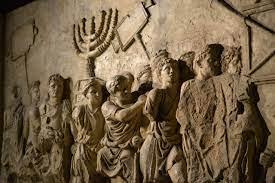
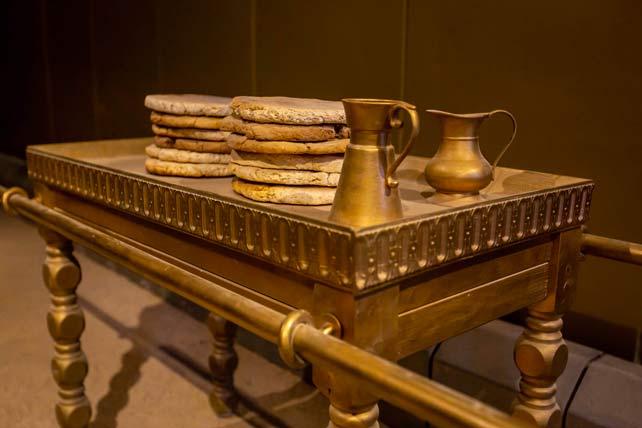
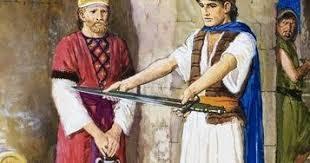
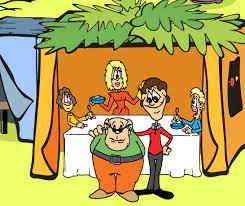

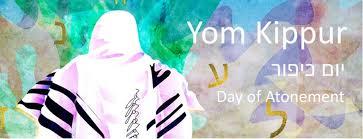
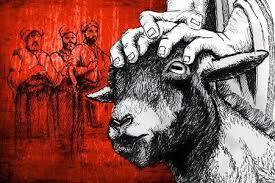
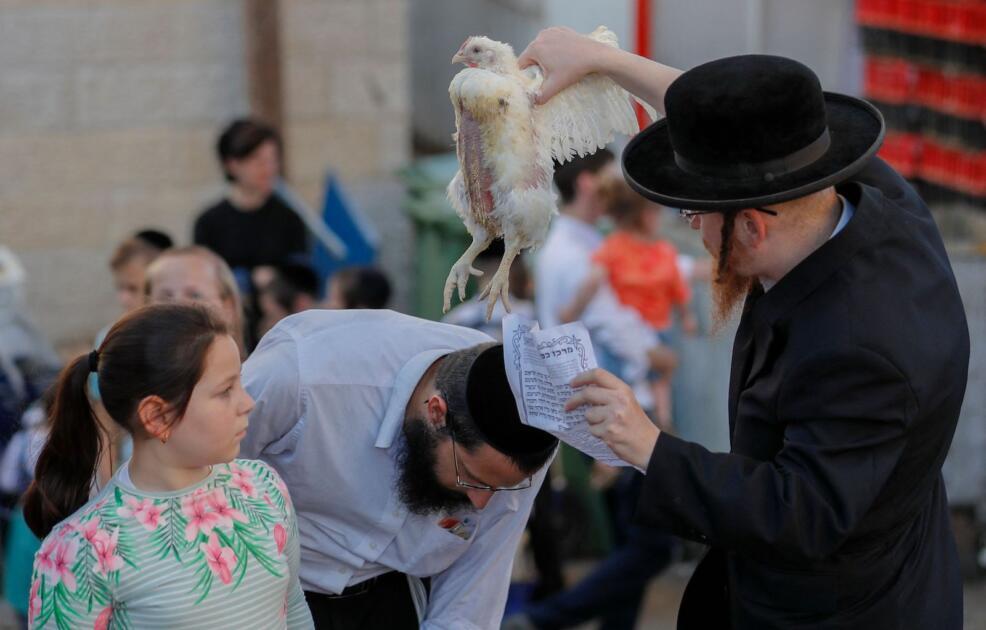
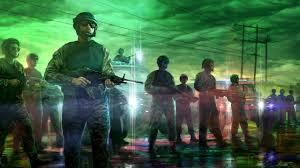
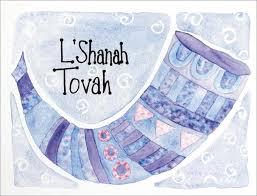
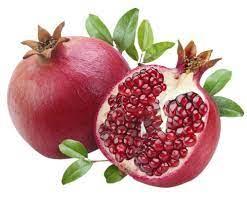
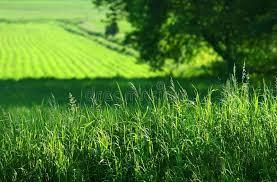
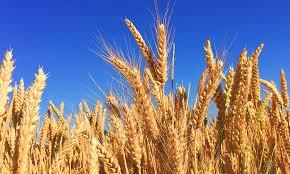
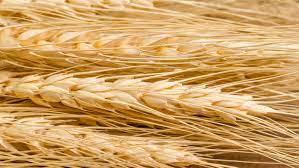
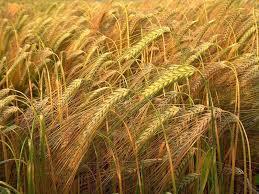
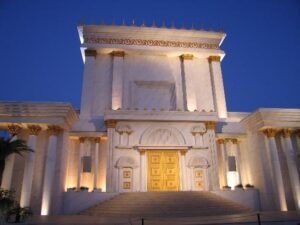

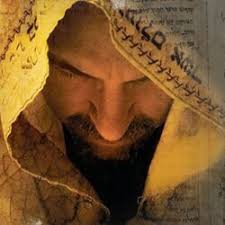
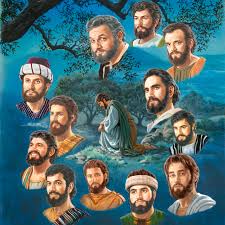 उन दिनों में से एक दिन यीशु प्रार्थना करने के लिए पहाड़ पर गया, और परमेश्वर से प्रार्थना करते हुए रात बिताई। जब सुबह हुई तो उसने अपने प्रेरितों या तालमिदिम (बहुवचन) को अपने पास बुलाया और उनमें से बारह को चुना कि वे हर समय उसके साथ रहें। एक टैल्मिड (एकवचन) केवल एक शिक्षार्थी है, जो एक विशिष्ट रब्बी का अनुसरण करने और उससे सीखने के लिए प्रतिबद्ध है। उसने उन्हें प्रेरित नियुक्त किया, या ऐसे लोगों को भेजा जिनके पास प्रेषक का अधिकार था, और उन्हें उपदेश देने और दुष्टात्माओं को निकालने का अधिकार रखने के लिए भेजा। यीशु ने अपनी अलौकिक शक्ति बारहों के हाथों में नहीं सौंपी कि वे उसका प्रयोग करें। उसने उन्हें राक्षसों को बाहर निकालने का अधिकार इस अर्थ में सौंपा कि टैल्मिडिम बाहर निकालने की घोषणा करने वाला शब्द बोलेगा, और फिर ईश्वर की शक्ति उन्हें बाहर निकाल देगी। इस प्रकार, उन्होंने बारह विशेष शिष्यों को अपना प्रेरित चुना; उसने बारह यहूदी पुरुषों को अपने अधिकार के साथ बाहर भेजने के लिए चुना (मरकुस ३:१३-१५; लूका ६:१२-१३)।
उन दिनों में से एक दिन यीशु प्रार्थना करने के लिए पहाड़ पर गया, और परमेश्वर से प्रार्थना करते हुए रात बिताई। जब सुबह हुई तो उसने अपने प्रेरितों या तालमिदिम (बहुवचन) को अपने पास बुलाया और उनमें से बारह को चुना कि वे हर समय उसके साथ रहें। एक टैल्मिड (एकवचन) केवल एक शिक्षार्थी है, जो एक विशिष्ट रब्बी का अनुसरण करने और उससे सीखने के लिए प्रतिबद्ध है। उसने उन्हें प्रेरित नियुक्त किया, या ऐसे लोगों को भेजा जिनके पास प्रेषक का अधिकार था, और उन्हें उपदेश देने और दुष्टात्माओं को निकालने का अधिकार रखने के लिए भेजा। यीशु ने अपनी अलौकिक शक्ति बारहों के हाथों में नहीं सौंपी कि वे उसका प्रयोग करें। उसने उन्हें राक्षसों को बाहर निकालने का अधिकार इस अर्थ में सौंपा कि टैल्मिडिम बाहर निकालने की घोषणा करने वाला शब्द बोलेगा, और फिर ईश्वर की शक्ति उन्हें बाहर निकाल देगी। इस प्रकार, उन्होंने बारह विशेष शिष्यों को अपना प्रेरित चुना; उसने बारह यहूदी पुरुषों को अपने अधिकार के साथ बाहर भेजने के लिए चुना (मरकुस ३:१३-१५; लूका ६:१२-१३)।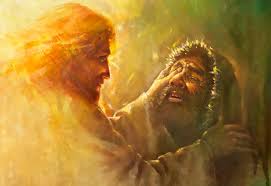 प्रभु ने कई लोगों को ठीक किया जो मुक्ति के लिए उन पर
प्रभु ने कई लोगों को ठीक किया जो मुक्ति के लिए उन पर 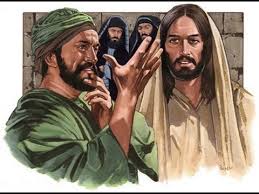 और, उनके हठीले दिलों पर बहुत व्यथित होकर, उसने उस आदमी से कहा:
और, उनके हठीले दिलों पर बहुत व्यथित होकर, उसने उस आदमी से कहा: